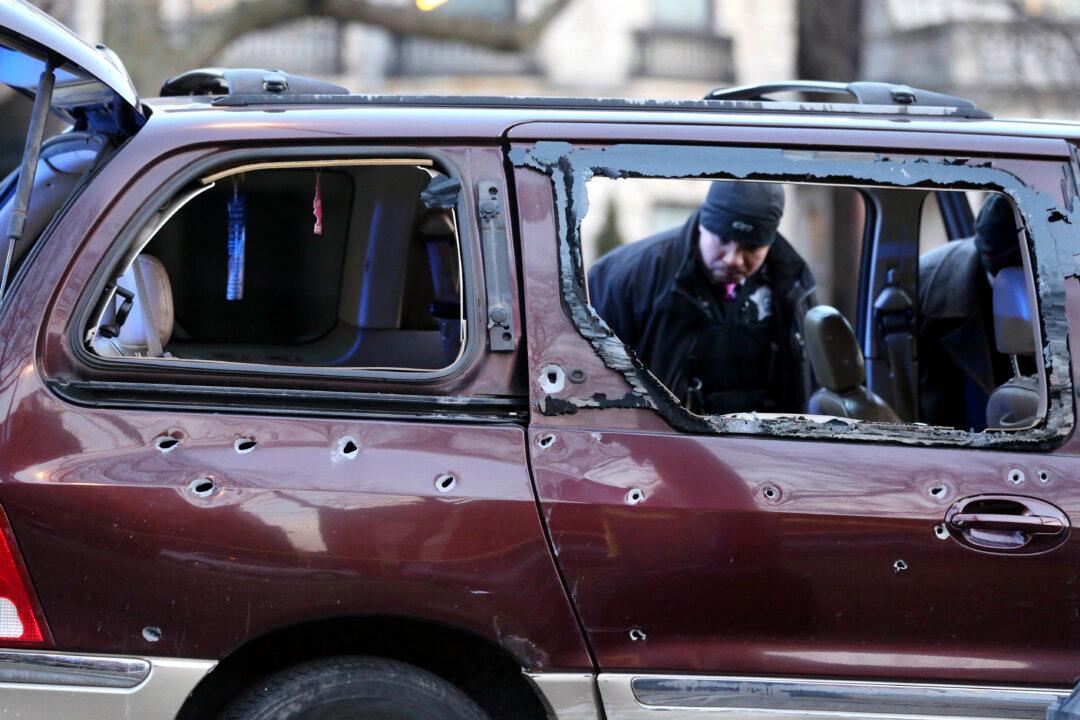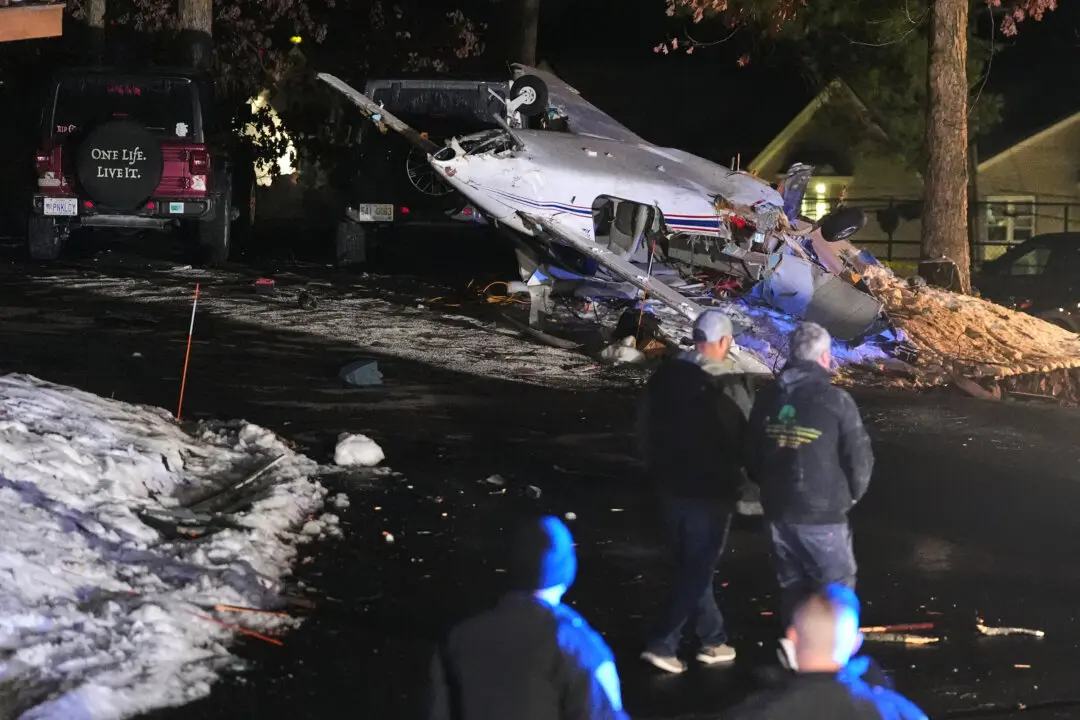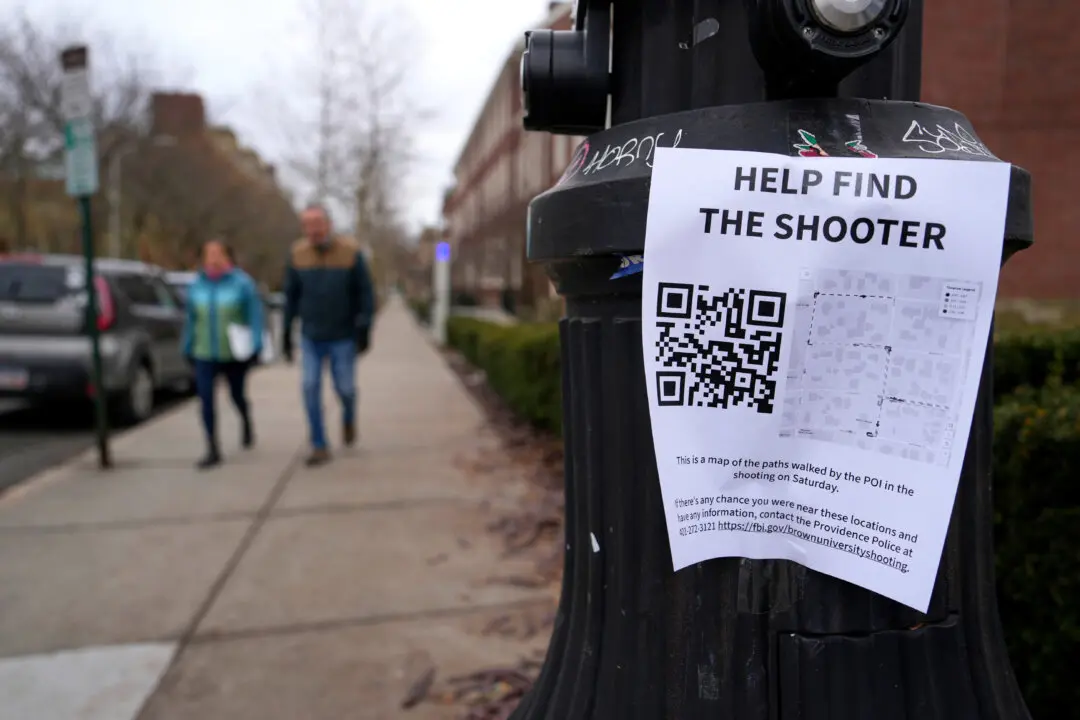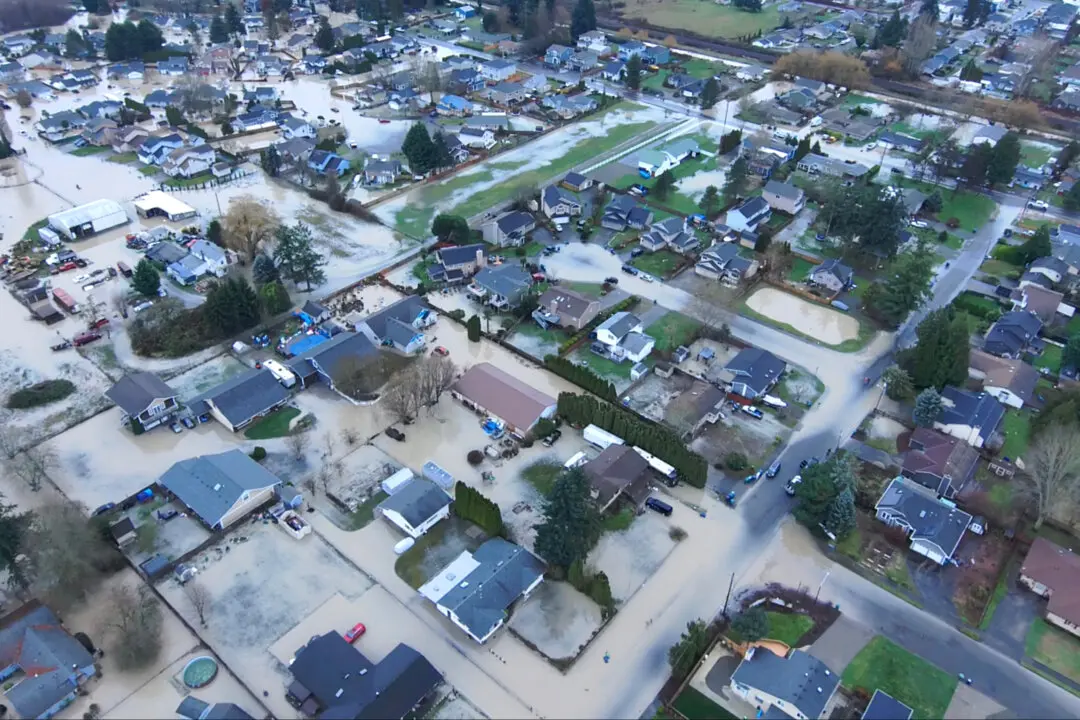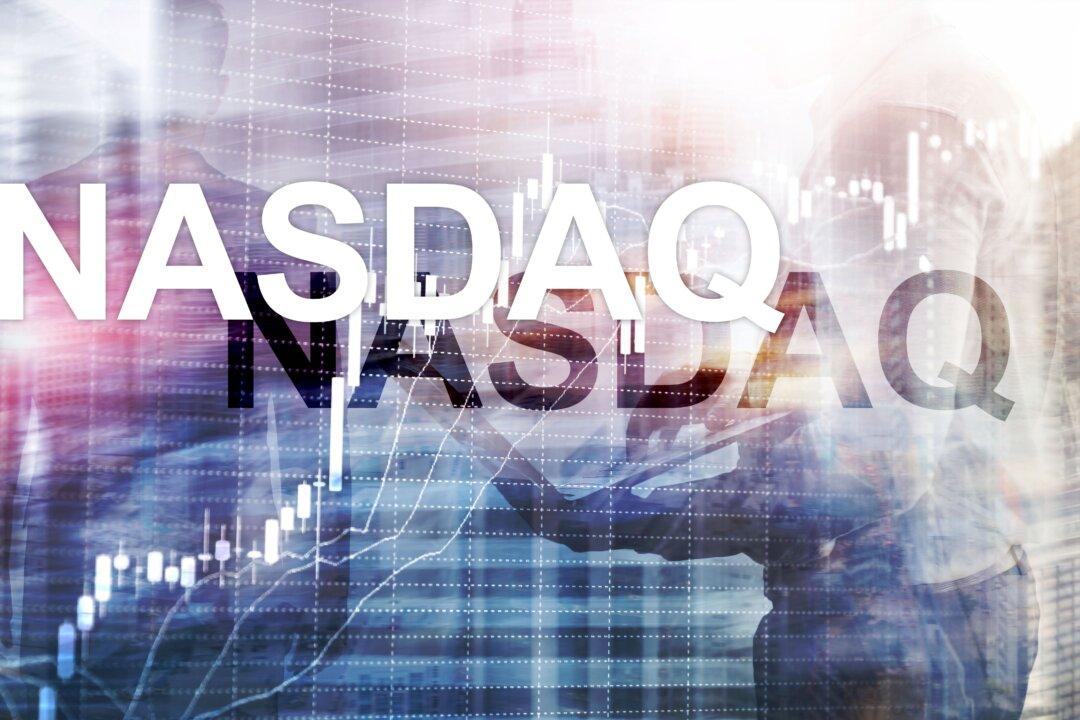CHICAGO—Chicago police are reporting a dramatic spike in the number of homicides and shootings in the city’s bloodiest January for at least 16 years. It’s another blow to a department that has struggled to regain public trust following the damning release of a video showing a white officer fatally shooting a black teenager.
In statistics released Monday, the Chicago Police Department reported there were 51 homicides last month compared to 29 in January of last year. Also, the number of shooting incidents and total shooting victims more than doubled; there 242 shooting incidents compared to 119 such incidents recorded in January 2015, and 292 shooting victims including the 51 who died, compared to 136 in the same month last year.

Latonya Jones, 19, holds a photo of her mother, Bettie Jones, during a vigil on Sunday, Dec. 27, 2015, in Chicago. Jones was killed early Saturday by police responding to a domestic disturbance on the city's West Side, police said. Ashlee Rezin/Chicago Sun-Times via AP
